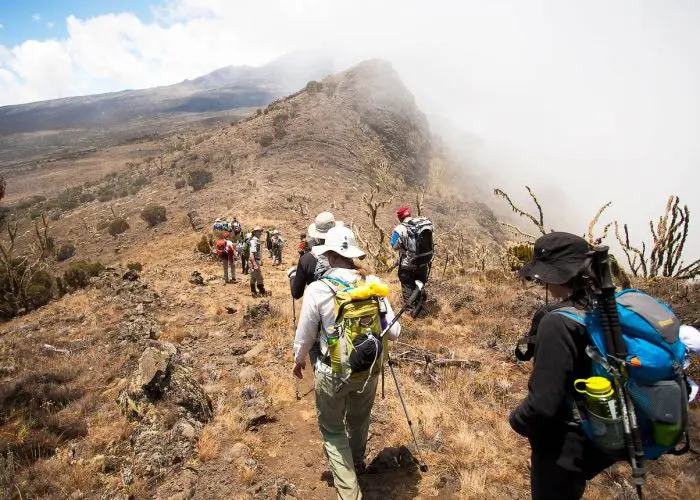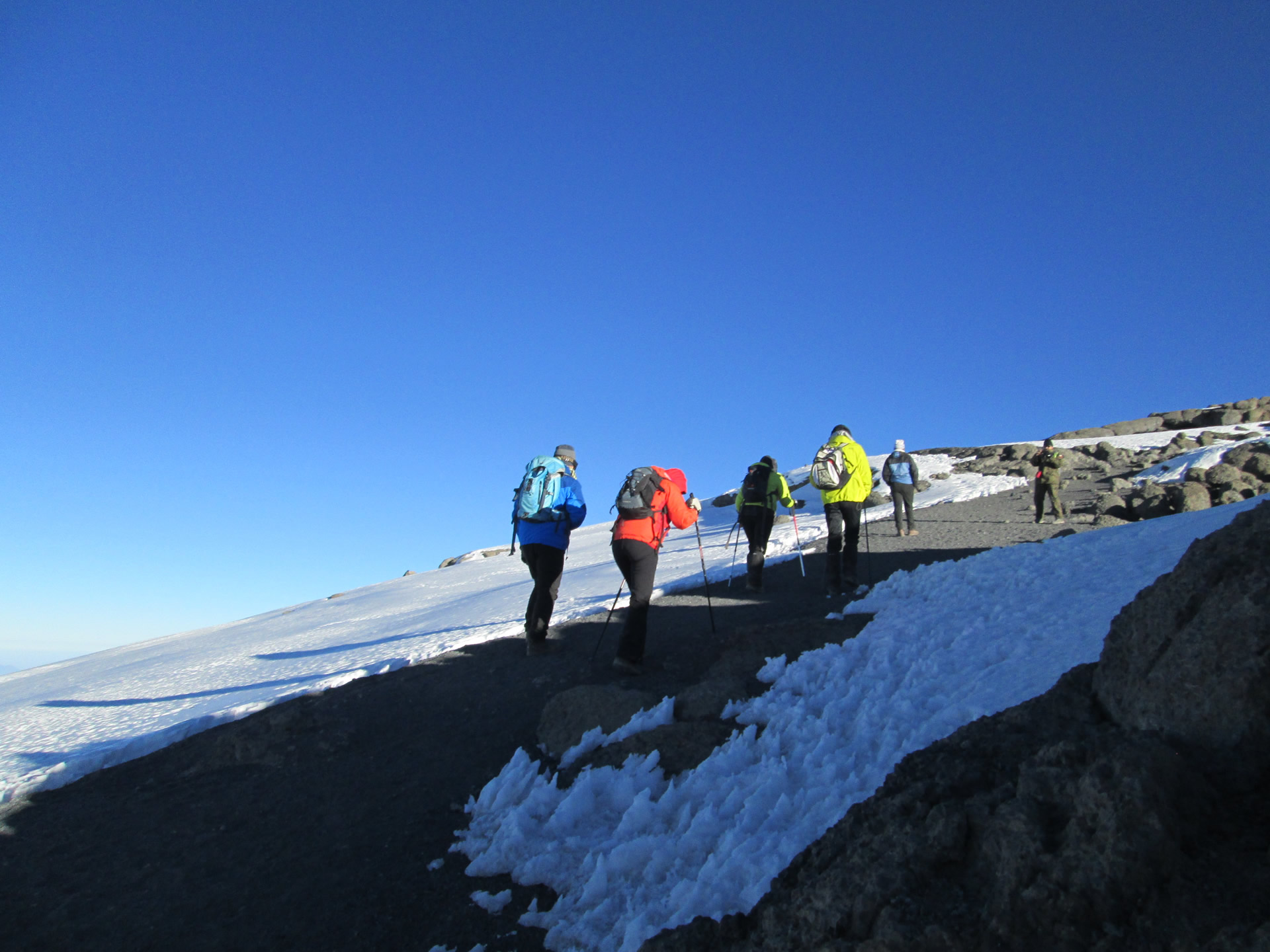Menu
Close
- Home
- ABOUT US
- Tanzania Safari Packages
- 2 days Lodge safari to Tarangire & Ngorongoro Private
- 2 days safari to Tarangire & Ngorongoro – Midrange Lodge
- 3 Days Serengeti and Ngorongoro Crater Fly in Safari
- 3 Days Tanzania Magic Safari Mid-Range Lodge
- 4 Days Lodge Safari Serengeti & Ngorongoro Crater
- 4 Days Serengeti Tanzania Safaris- Midrange Lodge
- 5 Day Ndutu Calving Season Serengeti Migration Tanzania Safari
- 5 Days Perfect Family Getaway Tour To Tanzania-Midrange Lodge
- 6 days Tanzania Serengeti Wildebeests Migrations
- 6 Days Tanzania Lodge Safari With Serengeti
- 6 Days Highlights Of Africa Vacation Tour Package Tanzania
- 7 days safari to Tarangire, Serengeti, Lake Manyara & the Ngorongoro crater
- 7 Days Safari to Tarangire, Serengeti, Lake Manyara & Ngorongoro – Private
- Day Trips
- Tanzania Popular Destinations
- Mountain Climbing
- Contact us
- Home
- ABOUT US
- Tanzania Safari Packages
- 2 days Lodge safari to Tarangire & Ngorongoro Private
- 2 days safari to Tarangire & Ngorongoro – Midrange Lodge
- 3 Days Serengeti and Ngorongoro Crater Fly in Safari
- 3 Days Tanzania Magic Safari Mid-Range Lodge
- 4 Days Lodge Safari Serengeti & Ngorongoro Crater
- 4 Days Serengeti Tanzania Safaris- Midrange Lodge
- 5 Day Ndutu Calving Season Serengeti Migration Tanzania Safari
- 5 Days Perfect Family Getaway Tour To Tanzania-Midrange Lodge
- 6 days Tanzania Serengeti Wildebeests Migrations
- 6 Days Tanzania Lodge Safari With Serengeti
- 6 Days Highlights Of Africa Vacation Tour Package Tanzania
- 7 days safari to Tarangire, Serengeti, Lake Manyara & the Ngorongoro crater
- 7 Days Safari to Tarangire, Serengeti, Lake Manyara & Ngorongoro – Private
- Day Trips
- Tanzania Popular Destinations
- Mountain Climbing
- Contact us
- Home
- ABOUT US
- Tanzania Safari Packages
- 2 days Lodge safari to Tarangire & Ngorongoro Private
- 2 days safari to Tarangire & Ngorongoro – Midrange Lodge
- 3 Days Serengeti and Ngorongoro Crater Fly in Safari
- 3 Days Tanzania Magic Safari Mid-Range Lodge
- 4 Days Lodge Safari Serengeti & Ngorongoro Crater
- 4 Days Serengeti Tanzania Safaris- Midrange Lodge
- 5 Day Ndutu Calving Season Serengeti Migration Tanzania Safari
- 5 Days Perfect Family Getaway Tour To Tanzania-Midrange Lodge
- 6 days Tanzania Serengeti Wildebeests Migrations
- 6 Days Tanzania Lodge Safari With Serengeti
- 6 Days Highlights Of Africa Vacation Tour Package Tanzania
- 7 days safari to Tarangire, Serengeti, Lake Manyara & the Ngorongoro crater
- 7 Days Safari to Tarangire, Serengeti, Lake Manyara & Ngorongoro – Private
- Day Trips
- Tanzania Popular Destinations
- Mountain Climbing
- Contact us






